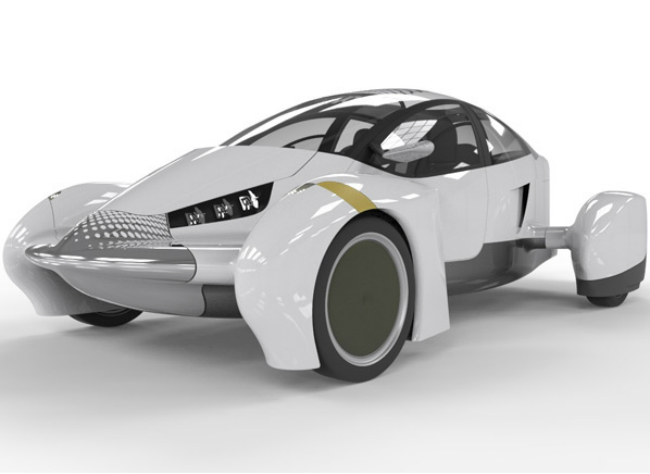
Edison2 appears to be moving closer to rolling out a production model of their electric Very Light Car (VLC).
Well, sort of.
Since first introducing a VLC model in September of 2011, Edison2 has been busy building on the prototype, which won $5 million for the Progressive Automotive X Prize and helped to launch the company.
Unveiled at the Henry Ford Museum, the next-gen VLC being showcased by the cutting-edge transportation company is an entirely new vehicle designed with the same basic architecture and efficiency that earned Edison2 the X Prize.
The new VLC is built on the same architecture featured on what Edison2 describes as “the world’s most efficient four passenger vehicle,” which now is a permanent part of Henry Ford Museum’s Driving America exhibit, according to the company’s official press release for the vehicle.
With a team that consist of combined experience ranging from Le Mans victories to degrees to leaders in the field of the liberal arts, the VLC is the latest Edison2 project focused on developing more efficient modes of transportation.

Inside, the interior of the VLC will feature a simple fit-and-finish and a lower doorsill. The chassis is now aluminum sheet metal instead of tubular steel.
“We are proud to unveil our new VLC architecture here at The Henry Ford, directly next to our history-making X Prize VLC,” Edison2’s CEO and founder, Oliver Kuttner remarked, as noted an official press release about the vehicle. “The auto industry has been refining the same architecture for more than 50 years, and Edison2 has created a new path – a new way of building a car that has many environmental and economic benefits. Much of this relies on Edison2’s in-wheel suspension which can be seen on the VLC prototype we will be displaying.”
Each wheel features an internally sprung suspension system that isn’t much larger than the disc brake rotor assembly. The system simplifies and strengthens the car’s overall structure because the wheel housing itself does not need to move during suspension dynamics.
Edison2 hasn’t released any specific performance numbers for the new VLC but an internal combustion engine-powered VLC in X Prize on-track testing achieved 110 MPGe (EPA combined). An electric VLC recorded 245 MPGe in the EPA 5-cycle test (combined) and 350 MPGe using X Prize metrics (Roush Laboratories). And a VLC prototype with a Smart Car driveline achieved 89 MPG (highway), compared to 41 MPG for the Smart.
My question is – even with the VLC’s impressive range but highly unconventional looks, would you drive it? Leave a comment below.


